Clean Air and Water For All
We spend 90% of our time indoors. Indoor air can be 10X more polluted than outdoor air.
Indoor air pollutants like mold, radon, and dust have serious health consequences. Only testing can determine whether these contaminants exist in your home or office.
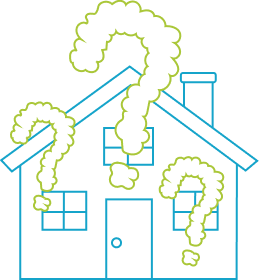
What is Indoor Air Pollution?
The dirty air we breathe is a combination of different forms of indoor and outdoor air pollution.
In cities like New York, where the outdoor pollution is high, various contaminants and chemicals can easily filter into homes and circulate, causing the inhalation of pollutants.
The average family home is unknowingly producing its own internal pollution.
Everyday Items Can Create Indoor Air Pollution
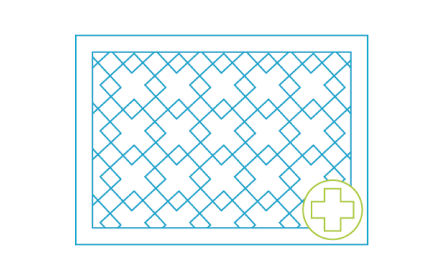
New Carpeting

Pets
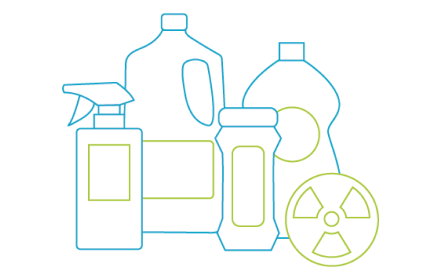
Household Cleaning Products
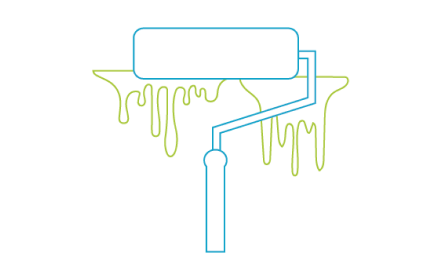
Interior Paints

Showers
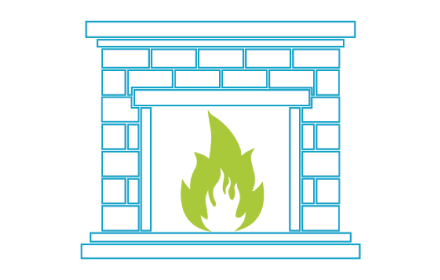
Fireplaces
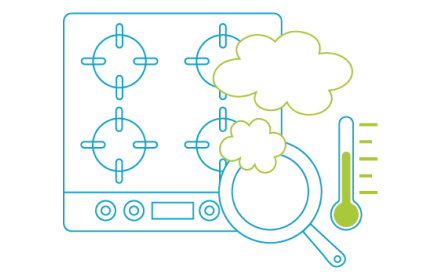
Stovetops

Wet Towels

Air Fresheners
Indoor Air Pollution By the Numbers
Pollution may not be visible, but the potential impact cannot be hidden.
50%
of Americans live in poor air quality.
>50%
of single family homes have a family member with a respiratory condition.
The average American spends
22 hrs
a day breathing dirty air.
Dirty Indoor Air is Linked to Many Health Conditions
Test For Indoor Air Quality
While some indoor air pollution is visible to the naked eye, most is not.
The only way to detect these contaminants is to test.
Air Quality Issues are Commonly Found In:
Basements
Basements tend to be damp, musty with little air circulation which can foster humidity, mold and other air quality issues.
Bedrooms
Bedrooms are usually the least cleaned and, as such, have the most allergens, pet dander and pollen from clothing.
Bathrooms
Bathrooms tend to be poorly ventilated which makes them a breeding ground for mold and allergens from wet towels and walls.
Kitchens
Kitchens can also be sources of air pollution from cleaning products, stoves, steam from cooking and leaky pipes under the sink or refrigerator.
How Can I Reduce Indoor Air Pollution?
Before contacting a professional, there are a few steps you can take to help improve the indoor air quality of your home.
Use air purifiers to reduce particulate matter levels
Use a HEPA vacuum
Keep humidity levels between 40-50%
Limit the use of wood burning fireplaces
Mold
What is Mold?
Mold is a fungi that breaks down plant and animal matter in the environment. Mold can grow almost anywhere there is moisture and organic material.
How Mold Gets in Your Home?
Mold can enter your home through open doorways, windows, vents, and heating and air conditioning systems.
Mold found in the air outside can also attach itself to clothing, shoes, pets and can be carried indoors. When mold spores drop on places where there is excessive moisture, they will grow.
Clothing
Shoes
Pets
Where Mold is Found
Many building materials provide suitable nutrients that encourage mold to grow. Wet cellulose materials are particularly conducive for the growth of some molds.
Cardboard
Mold on Drywall
Wood Furniture
Insulation Materials
4.6 million cases are attributed to dampness
and mold exposure.
In fact, 42% of asthma sufferers find mold to be a trigger.
What are the symptoms of mold exposure?
Repeated exposure to mold can increase a person’s sensitivities, causing severe allergic reactions.
Certain molds can produce toxins called mycotoxins which can cause serious illness.
Sneezing
Headache
Runny Nose
Sore Throat
Fatigue
Wheezing
How Mold Grows ?
To reproduce, molds release spores, which can spread through air, water, or on animals. Water leaks, high humidity, and condensation all provide moisture mold can use to grow and spread.
Water Leaks
High Humidity
Condensation
Mold Damage
Mold spores are like seeds invisible to the naked eye that travel through the air and deposit on surfaces. With the right temperature, moisture, and nutrients, pores form into visible mold colonies.
Under the right conditions, mold can grow anywhere in the home and will destroy the material it grows on.
Radon Testing and Health Effects
What is Radon?
Radon is a naturally occurring, invisible, odorless colorless gas that forms in the earth’s crust. We are exposed to radon everyday as part of the air we breathe.
Where Radon comes from?
The natural breakdown (radioactive decay) of uranium in:
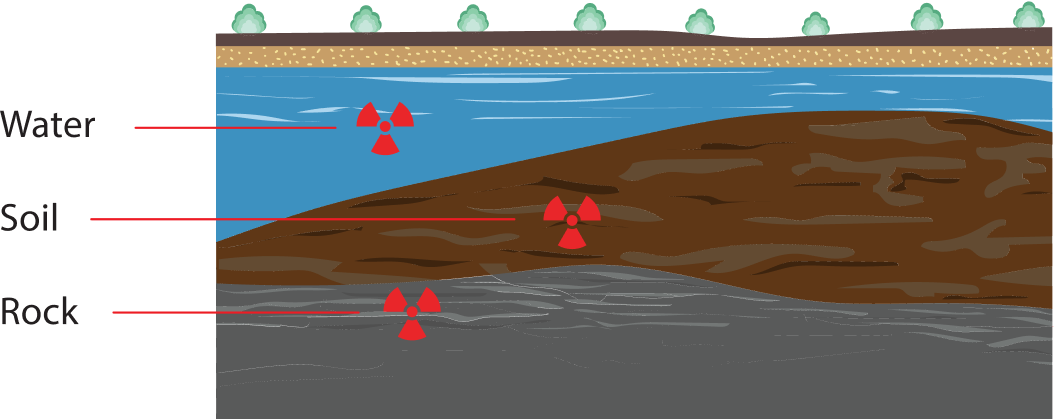
Radon is the #1 cause of lung cancer among people who don’t smoke. Lung cancer risk is much higher for people who are exposed to radon and smoke.
Radon can move from the ground into your home through cracks and holes in the foundation. It can also enter a home through private well water. Radon can build up inside your house and cause lung cancer if you breathe it in over many years.
How do I Find out My Radon Levels?
E-PERM® Testing
The Lab utilizes the E-PERM system for most radon testing measurements. E-PERM is the most versatile radon measurement system on the market, able to conduct both short and long-term tests under a wide range of environmental conditions.
E-PERMs require at least 48 hours on-site, but many clients request longer-term tests for a better understanding of their radon exposure over time.
Hourly Radon Testing
The Lab uses a continuous monitoring device to precisely calculate the radon level at hourly intervals. The device is tamper resistant and provides useful information about temperature, pressure and humidity changes.
We can provide the results on-site in real-time saving three to five days compared to other short-term testing methods.
What do my Test Results Mean?
The EPA recommends homes be mitigated if the radon level is 4 pCi/L or more. Because there is no safe level of exposure to radon, we recommend installing mitigation systems for radon levels between 2 pCi/L and 4 pCi/L.
The World Health Organization established an action level of 2.7 pCi/L based upon a three-year worldwide study by more than 30 prominent scientists.
A radon level of 4.0 pCi/L is still a health risk, which is why it’s important to have professional radon mitigation.
Radon in Water
How Radon Gets into Wells
When radon is formed in rocks and soils containing uranium, it can migrate through tiny cracks and fissures in the ground, eventually reaching underground water sources. Radon can dissolve in groundwater and persist as long as the water remains underground.
Radon can enter wells during the drilling and construction process. If a well is not properly sealed or constructed, it can provide a pathway for radon gas to enter the water supply. This is more likely in shallow, unconfined aquifers.
How Radon in Water is Released in Homes
Running Water: Turning on a faucet, taking a shower, or using any water source connected to the well water supply, radon dissolved in the water can be released as tiny radon gas bubbles.
Cooking: Cooking with water that contains radon, such as boiling pasta or using water in recipes, radon can be released into the air as steam.
Water Appliances: Dishwashers, washing machines, and water heaters can agitate the water and cause radon to be released when the water is used.
Aerosols and Humidifiers: Using a high-pressure showerhead can release radon gas into the indoor air as the water droplets evaporate. If radon-contaminated water is used in a humidifier, it can release radon gas into the indoor air as it evaporates to increase humidity levels.
What do my Radon in Water Levels Mean?
There is currently no federally enforced drinking water standard for radon. The EPA and various states have recommended that drinking water standards for radon should not exceed 4,000 pCi/L, which contributes approximately 0.4 pCi/L of radon to the air in your home. It’s important to note that the EPA does not regulate private wells.
The average human takes 20,000
breaths each day.
Nine out of 10 people worldwide breathe dirty air.
What’s in your Air?
IAQ Indoor Air Quality (IAQ) is a holistic term that includes many pollutants within three categories:
Biological
Chemical
Combustion
Many of these pollutants are especially harmful to those of us with respiratory illnesses.
The Lab wants to make all of our clients as comfortable as possible in their home environment and help reduce respiratory illness, regardless of the regulations in place for these pollutants.
If you believe there is an air quality problem in your home, it’s helpful to know the potential sources.
Common Indoor Contaminants
Particulate Matter
Solid particles and liquid particles in the air such as dust or soot. From construction, demolition, agriculture, heating, and cooking.
Formaldehyde
Colorless, strong-smelling gas from building materials, furniture, furnishings, glues, cigarette smoke, and insulation.
Carbon Monoxide (CO)
Colorless, odorless, tasteless gas from heating systems, gas appliances, fireplaces, generators, and car exhaust.
Carbon Dioxide (CO2)
Colorless, odorless gas caused by human respiration and poor ventilation.
Common Indoor Allergens
An allergen is a substance that can cause an allergic reaction. These reactions can vary from mild discomfort to severe symptoms, and they typically manifest as itchy skin, runny nose, sneezing, watery eyes, or, in more severe cases, life-threatening conditions. Identifying and managing allergens is crucial for individuals with allergies to maintain a healthy and symptom-free lifestyle.
Sources of allergens:
Pollen
Insects
Bacteria
Rodents
Mold
Dust
Dust Mites
Pet Allergens
Volatile Organic Compounds (VOCs)
VOCs are a large group of chemicals that are found in many products we use to build and maintain our homes. They are released or “off-gas” into the indoor air we breathe. VOCs may cause short-term effects, but the long-term consequences remain uncertain, according to experts.
Sources of VOCs:
